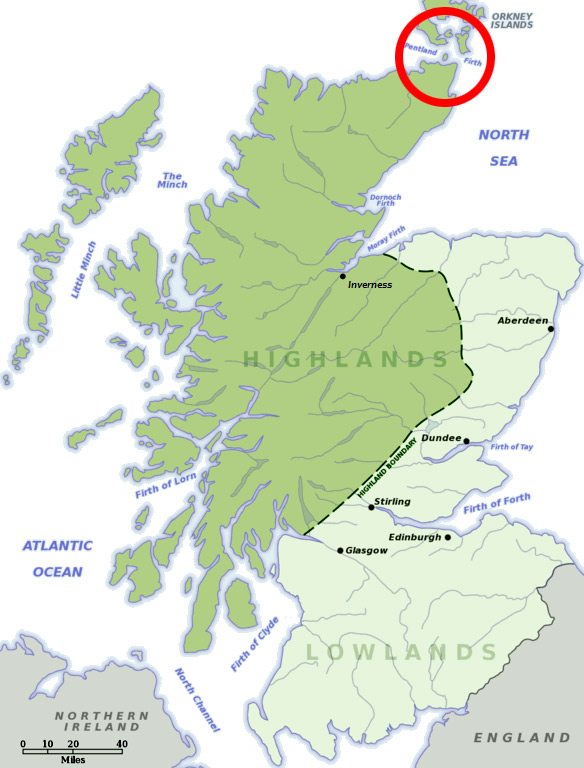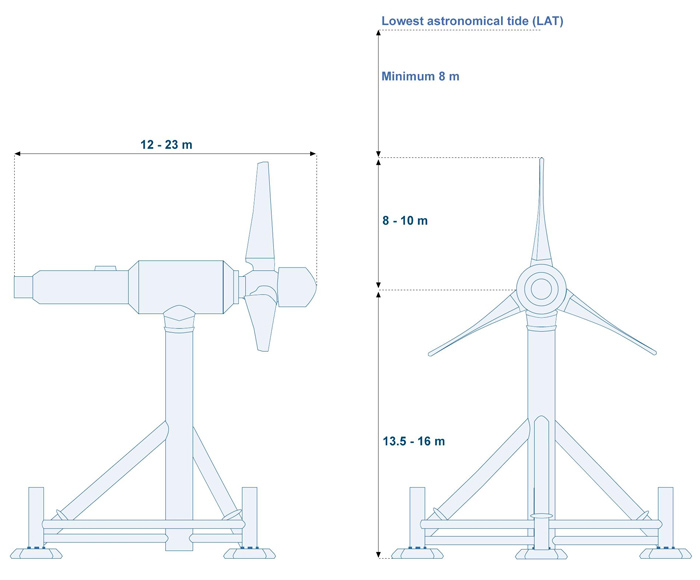
16th September 2013 Europe's largest tidal energy project given go-ahead MeyGen has been awarded consent by the Scottish Government for an 86 megawatt (MW) tidal energy project, following the completion of the statutory approval process with the regulator Marine Scotland.
The project is located in the Inner Sound of the Pentland Firth off the north coast of Caithness, home to one of Europe’s greatest tidal resources. It is the largest tidal stream energy project to be awarded consent in Europe and constitutes the first phase of a site that could yield almost 400MW by 2020. MeyGen plans to build an initial demonstration array of up to 6 turbines, with construction starting in early 2014 and turbines commissioned in 2015. This initial array will provide valuable environmental data for the subsequent phases and the wider tidal energy industry. When fully operational, it could generate enough electricity to power around 40% of homes in the Scottish Highlands.
Ed Rollings, Environment & Consents Manager of MeyGen, commented: “The award of this consent is the culmination of over four years of environmental work and extensive consultation with stakeholders and the local community. “The Pentland Firth and Orkney Waters region is an internationally important area for wildlife and we are committed to continuing research with interested parties to ensure that the exploitation of this clean, predictable and sustainable energy resource is done so in a manner that does not have a detrimental effect on the species and habitats in the area.” Fergus Ewing, the Scottish energy minister, added: "We must tackle climate change. We need to reduce our reliance on fossil fuels through better and more efficient uses of energy. Marine energy – a homegrown technology with huge potential – is part of the solution." Another huge marine project – the world's largest wave farm – was recently approved by the Scottish government and will be constructed on the other side of the country. First Minister Alex Salmond has set the ambitious goal of generating 100% of electricity from renewables by 2020. Seawater is 832 times denser than air, so a 5 knot ocean current has more kinetic energy than a 220 mph wind. Therefore, ocean currents have extremely high energy density and require smaller devices to harness than wind power. Since oceans cover 70% of Earth’s surface, ocean energy (including wave power, tidal current power and ocean thermal energy conversion) is a vast untapped resource, estimated at between 2,000 and 4,000 TWh per year. The potential of marine energy is being explored by a number of other countries, including the USA, which last year granted a license for the nation's first wave power station.
Comments »
|









